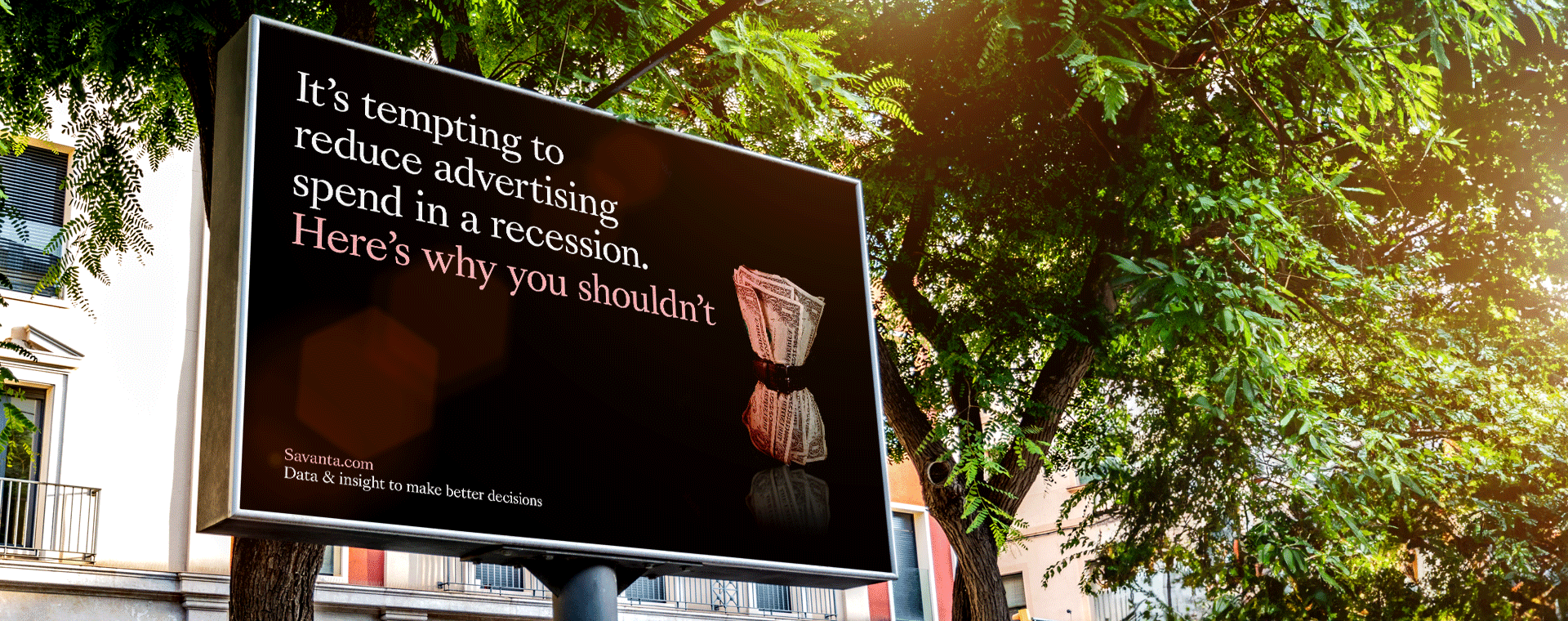
Our latest research finds that more than two in five (44%) UK citizens aged 16+ never cycle, rising to over half (54%) of women.
Cycling around the capital would make a lot of sense if fears regarding safety and theft were addressed.
January is a time for resolutions — particularly those of a health-related nature. However, cycling —a relatively cheap and convenient form of exercise — is eschewed by a large proportion of the population. So, despite the obvious health benefits, what is stopping people from cycling?
In the main, the data points to concerns over unsafe conditions, with a third of those surveyed (34%) saying they don’t cycle more often because it’s ‘too dangerous’.
Even in groups where cycling is more prevalent, safety remains a barrier to higher levels of involvement. A quarter of Gen Z respondents believe it’s too dangerous, despite being the most frequent riders.
Furthermore, despite high levels of cycling amongst Gen Z compared with other age groups, of those in Gen Z who do not cycle regularly, a quarter (25%) say it’s because they either don’t know how or are not confident in their ability to ride.
Another barrier to cycling amongst Gen Z is concern with how long cycling takes (19%) when compared to other forms of transport.
Londoners put off by dangerous roads and bike theft
Perhaps unsurprisingly for those who have experienced London’s hectic roads, half of Londoners (50%) who don’t cycle regularly say the main barrier is that it’s too dangerous. Another concern for those in the capital is the risk of bike theft, with 16% saying this is a reason for not cycling more often, higher than anywhere else in the UK.
With very few Londoners not cycling more often because of speed (5%) or cost (8%), cycling around the capital would make a lot of sense if fears regarding safety and theft were addressed.
When it comes to what makes cycling so dangerous, our research points to five key worries— identified by both cyclists and non-cyclists.
- Cars (64%)
- Heavy goods vehicles (58%)
- Bad road conditions (54%)
- Buses (50%)
- Lack of cycle lanes (44%)
Improved infrastructure could encourage more cyclists
Furthermore, of those surveyed who either never cycle, or cycle less than once per month, one in six (17%) say that the main reason for not cycling more often is a lack of cycle lanes. This is a particularly prevalent view in the south of the UK where this figure rises to a quarter (23%).
This suggests that much could be done to encourage more cycling and alleviate concerns regarding safety by investment in infrastructure for cyclists. Increasing the coverage and quality of cycle lanes would create a safer environment for cycling, as well as separating cyclists from other road users who are seen as the primary cause of unsafe conditions.
More cyclists feel safe when cycling for leisure than when cycling to and from work (56% vs. 44%), while over half overall (56%) say they dread cycling in traffic. This supports a wider trend of those cycling for leisure, compared to those who cycle on their commute.
Overall, nearly three in five (57%) of those who cycle regularly (at least once per month) do so just for leisure, while 17% cycle just to and from work, and a quarter (25%) say they cycle for both reasons. Given that cycling for leisure may often not take place on roads, it’s unsurprising that safety concerns seem to be putting off commuters in high numbers.
For both leisure and commuting, the main motivator for cycling is the health and fitness benefit, with 61% of leisure cyclists citing this reason compared with 44% of those who cycle as part of their commute to and from work.
While cost is the second-most chosen reason for those who cycle to and from work (44%), simple enjoyment takes second place for “leisure cyclists” (59%).
Baby Boomers and Gen Z are more likely to cycle for environmental reasons than any other age demographic, despite being the most concerned age groups around road safety.
Get in touch to find out how we can help you run your own quick surveys and reach the audiences you’re interested in.





